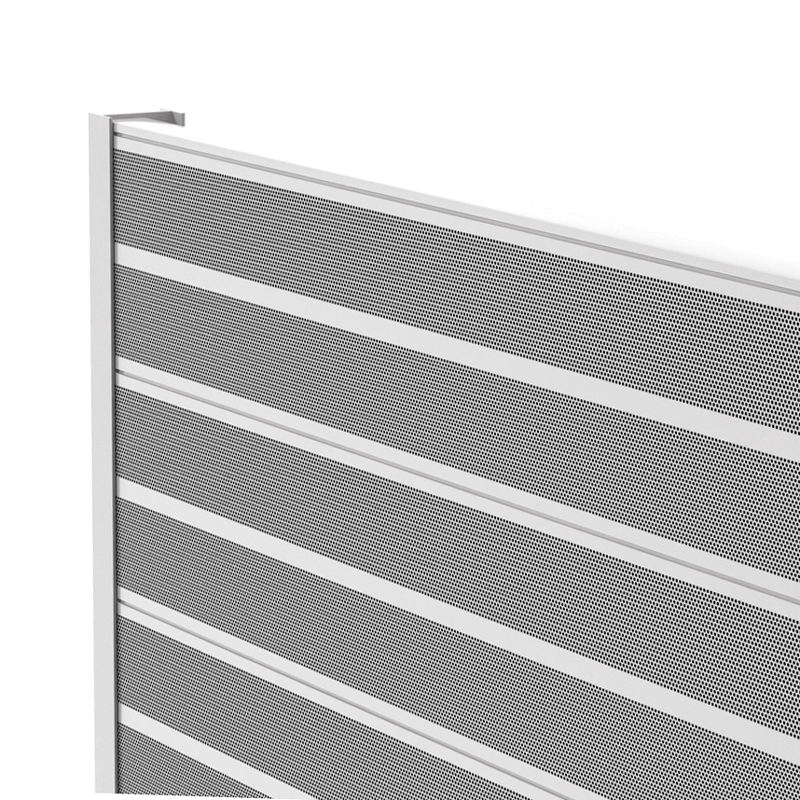[Copy] How to Evaluate the Noise Reduction Effectiveness of Road Noise Barriers?
On highways or roadsides, you often see noise barriers of different shapes. These barriers are installed to reduce the noise generated by traffic, but how effective are they, and how is their performance measured?
In fact, the effectiveness of noise barriers can be evaluated through the following aspects:
- On-Site Measurement: On-site measurements can determine the noise levels before and after the installation of the noise barriers and calculate the reduction in noise. This requires the use of professional sound level meters or other measuring equipment, and measurements should be taken at sensitive locations, such as residential areas or schools.
- Sound Insulation Level: This is a key parameter for measuring the performance of noise barriers, typically expressed in decibels (dB). The sound insulation level indicates the degree to which the noise barrier attenuates noise. For example, if a noise barrier has a sound insulation level of 20dB, the noise behind the barrier is reduced by 20 decibels compared to the front.
- Sound Absorption Coefficient: Also known as the sound absorption rate, this coefficient indicates the noise absorption capability of the noise barrier. A higher sound absorption coefficient means the barrier absorbs more noise. This parameter is related to the material, surface treatment, and structure of the noise barrier.
- Noise Reduction Coefficient (NRC): This coefficient evaluates the sound absorption performance of noise barriers, usually assessed using 1/3 octave band sound coefficients in the 100-5000Hz range. The NRC is the average of the sound absorption coefficients at four frequencies: 250, 500, 1000, and 2000Hz, serving as a single indicator of the material’s sound absorption performance.
- Reflection Coefficient: The reflection coefficient represents the ability of the noise barrier to reflect sound. If the reflection coefficient is high, sound may echo behind the barrier, reducing its noise reduction effectiveness. Therefore, in designing and selecting noise barriers, it’s important to avoid high reflection coefficients.
- Spectrum Analysis: Analyzing the noise spectrum can determine the noise barrier’s effectiveness at reducing noise at different frequencies. This helps to understand the performance of the noise barrier in various application scenarios.
The noise reduction effectiveness of noise barriers can be influenced by many factors, including the characteristics of the noise source, environmental conditions, and the design and installation quality of the noise barrier. In addition to the above acoustic evaluation metrics, other factors such as appearance, structure, installation, and durability of the noise barrier should also be considered. When selecting and using noise barriers, it’s important to comprehensively consider all these factors to achieve optimal noise reduction.
